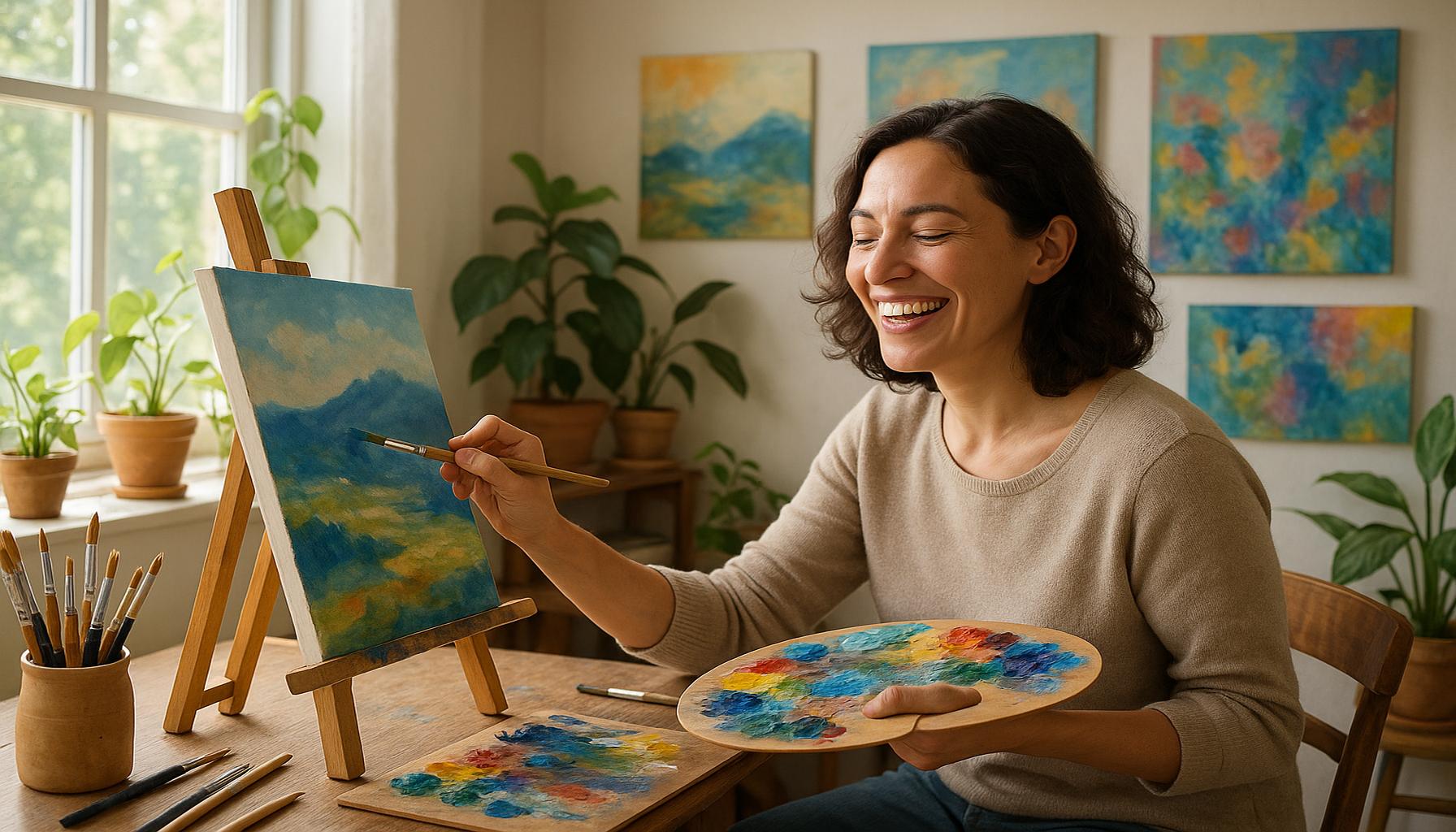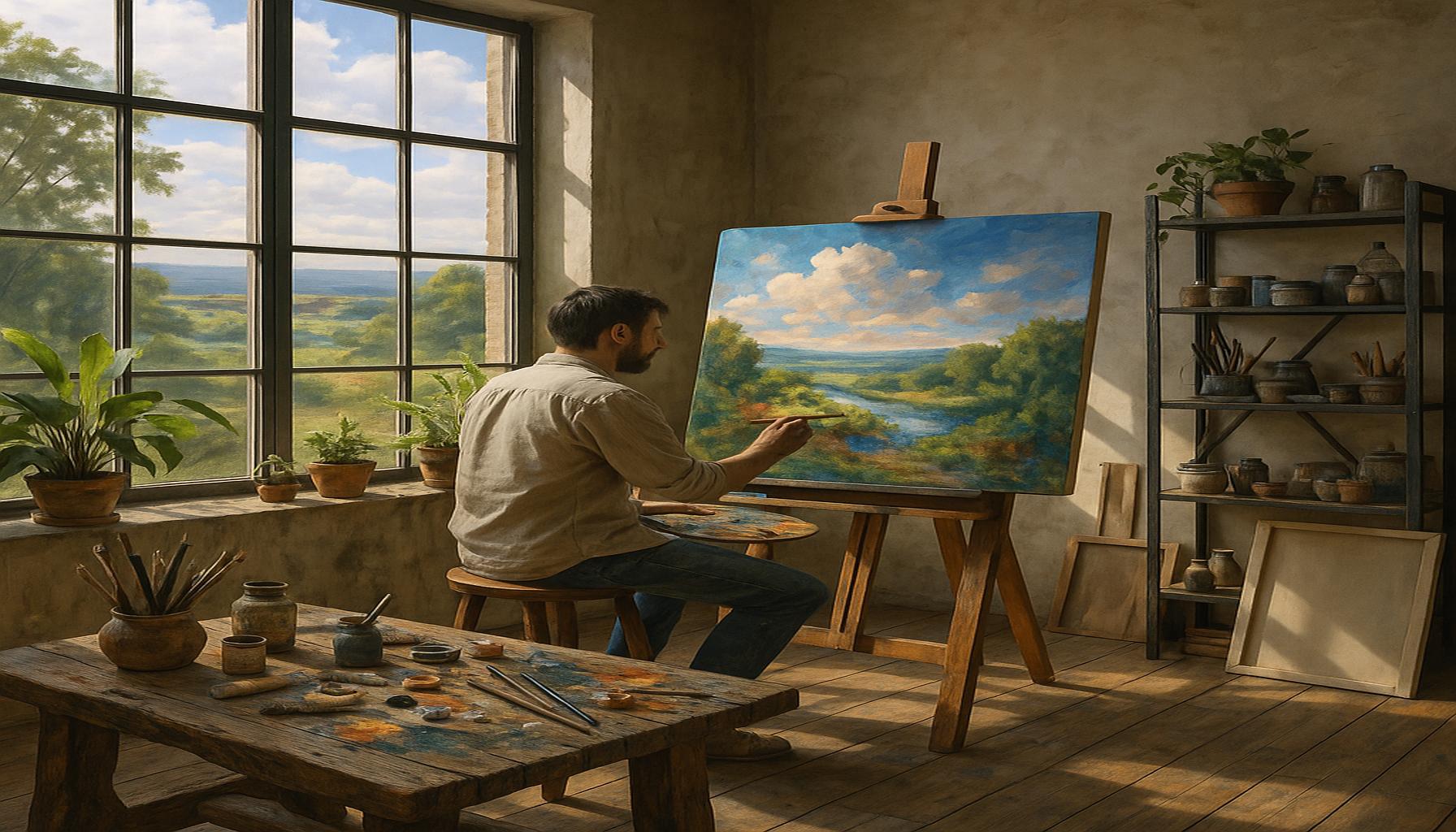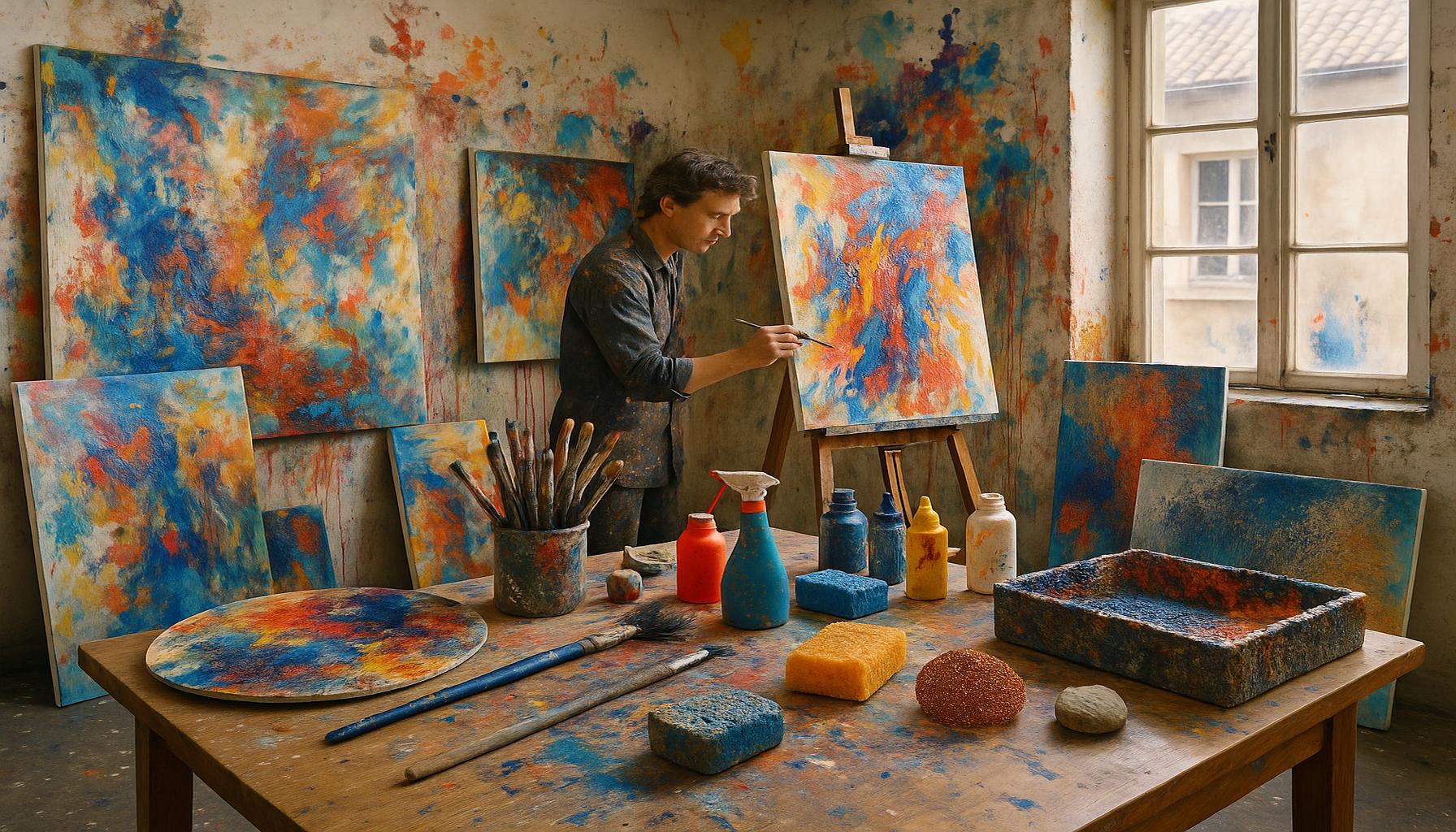The Art of Caring: How Artistic Hobbies Can Promote Empathy and Volunteering
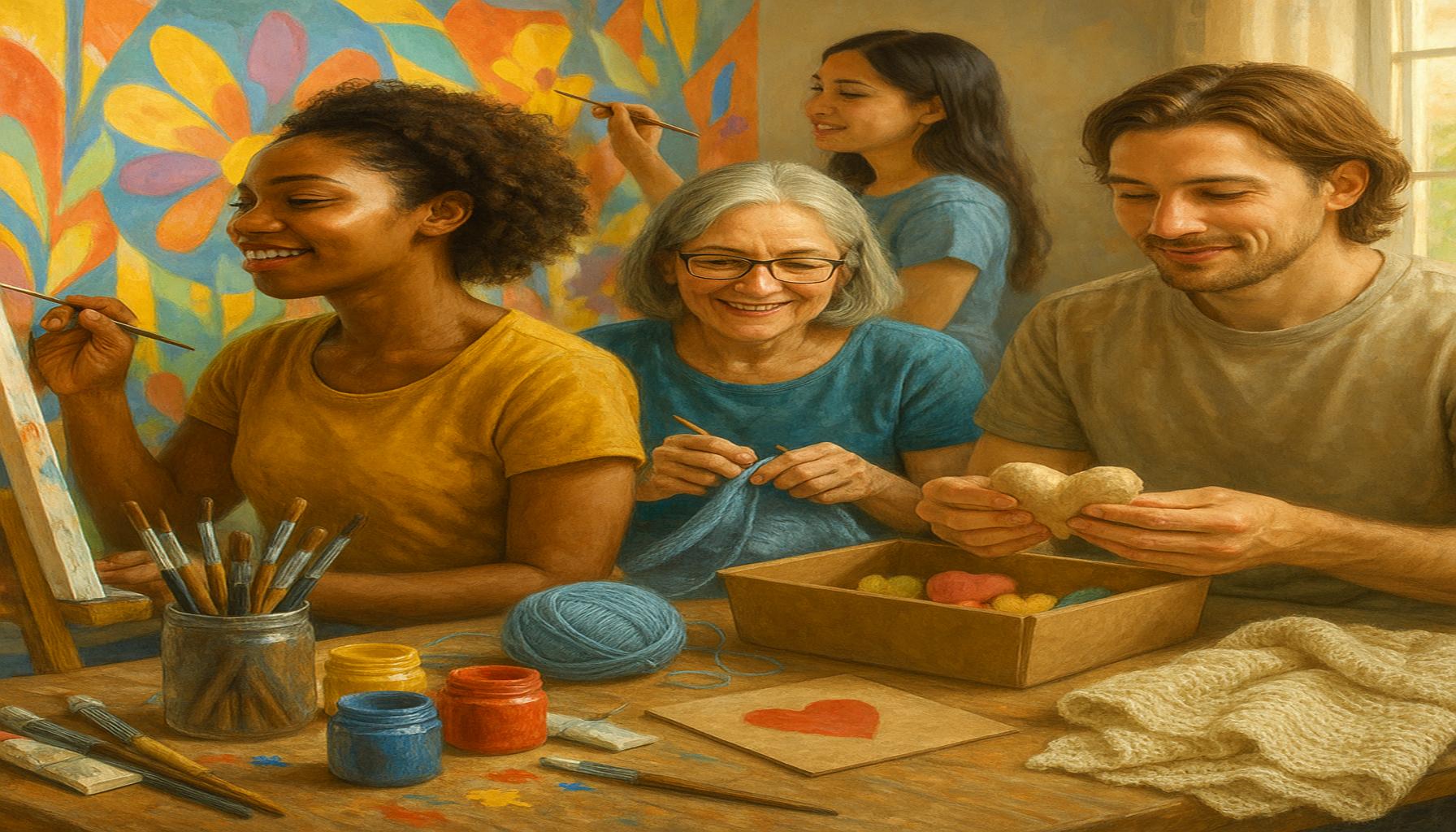
Unpacking the Profound Links Between Art and Empathy
Engaging in artistic hobbies serves as a gateway to not just individual creativity but also a profound exploration of human emotions and connections. Whether it’s painting a skyline, sculpting a bust, or composing an original piece of music, these artistic activities are rich with the potential to enhance our empathy—our ability to understand and share the feelings of others. This dynamic exchange of ideas allows individuals to step outside their perspectives and immerse themselves in the diverse human experience.
The Benefits of Artistic Engagement
The transformative power of artistic pursuits extends well beyond personal enjoyment; they are avenues for community connection and social awareness. When individuals express themselves creatively, they embark on a journey that not only enriches their own lives but also positively influences the surrounding community. Consider the following benefits:
- Building empathy: Engaging with different forms of art often requires artists to delve into various emotional landscapes, helping them develop a deeper understanding of others’ feelings. For instance, someone creating art about grief may resonate more deeply with those who have experienced loss, creating a shared sense of understanding.
- Promoting communication: Artistic expression becomes a vital tool for articulating complex emotions that words may fail to capture. For example, a group of children in a community art class may find it easier to share their fears and hopes through a mural that reflects their shared experiences rather than in verbal discussions.
- Encouraging volunteering: Many artistic initiatives encourage community involvement and philanthropy. Programs like “Art for a Cause” host events where local artists donate their time to create works that raise funds for environmental or social causes, thereby inspiring participants to give back to their communities.
From Hobby to Advocacy
When individuals discover the world of artistic hobbies, they often find more than an outlet for creativity; they find a platform for advocacy. Community-driven projects, such as collaborative murals or interactive theater performances, have the unique ability to bridge gaps between diverse groups and inspire collaborative problem-solving.
Examining the intersection where creativity meets community service reveals how the art of caring can open numerous avenues for participants. For example, in cities across the United States such as Detroit or New Orleans, local artists have transformed neglected spaces through public art initiatives, breathing new life into communities while fostering dialogue and connection.
As we further delve into the relationship between art and empathy, it becomes evident that these creative outlets benefit not only the artist but also uplift the entire community. Stay tuned to explore how these vibrant expressions of humanity can foster understanding, promote collaboration, and inspire positive change. The journey through the world of art can lead to new perspectives, connecting individuals in meaningful and impactful ways.
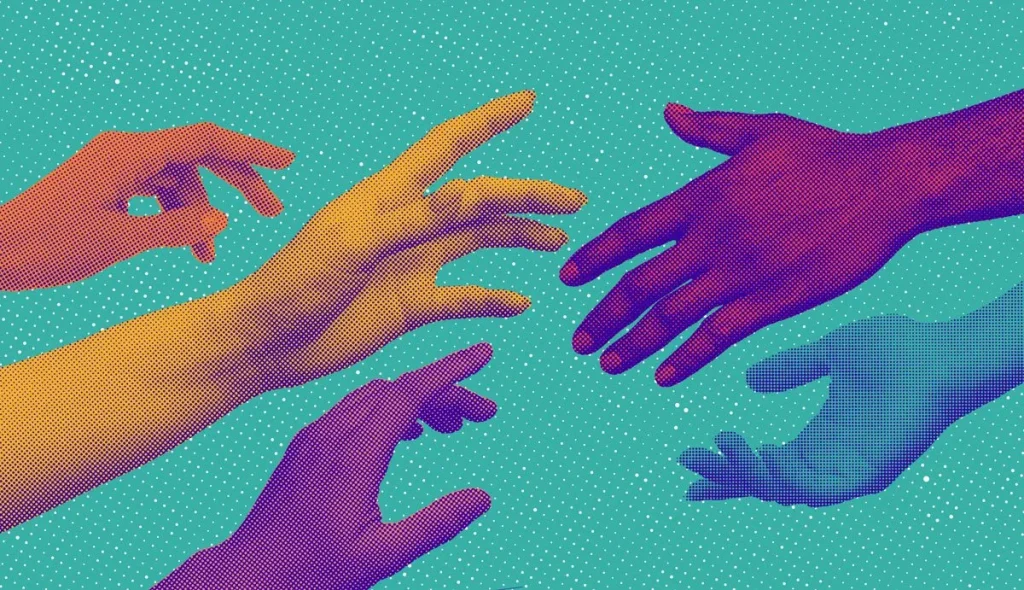
DIVE DEEPER: Click here to explore the impact of digital arts
Artistic Expression: The Catalyst for Empathy
Artistic hobbies open the door to a unique form of communication that transcends verbal exchange. By immersing oneself in creative activities, individuals cultivate empathy—the ability to understand and share the feelings of others. Through art, we explore the depths of emotion that shape our interactions with one another. Whether it’s through visual arts, music, or performance, each medium serves as a powerful lens through which we can view the world and its manifold experiences.
Art as a Mirror of Society
The role of art in reflecting societal issues cannot be overstated. Artists often find themselves inspired to create pieces that depict social struggles, cultural heritage, or communal joys. These works resonate with audiences, sparking conversations that might not occur otherwise. For instance, the Black Lives Matter mural projects that have proliferated across the country serve not only as beautiful expressions of solidarity but also as platforms for dialogue around racial justice and equality. Such initiatives highlight how art can galvanize community action and foster awareness.
The intersection of art and empathy further manifests in community projects that encourage collaborative creativity. Here are a few notable benefits of engaging in artistic endeavors within a community setting:
- Creating understanding: Art brings people from different backgrounds together, fostering a sense of belonging and shared understanding. Participating in a collaborative art project can reduce feelings of isolation and amplify collective voices.
- Fostering inclusivity: Artistic spaces are often more inclusive than other community activities. They invite all individuals to express themselves, regardless of skill level or background, thus breaking down social barriers and enhancing trust among participants.
- Encouraging critical thinking: Art education nurtures critical thinking skills as participants analyze and interpret creative works. This skill translates into better problem-solving abilities when addressing community issues, resulting in stronger collaborative outcomes.
Empathy Through Volunteerism
As artistic hobbies inspire empathy, they also cultivate a spirit of volunteerism. Many art projects are driven by the desire to give back to communities. Programs like Paint the Town, where local artists volunteer their time and talent to beautify public spaces, exemplify how creativity can lead to civic engagement. These initiatives not only elevate the aesthetic value of a neighborhood but also instill pride and ownership within the community.
Volunteering in creative capacities often results in rewarding exchanges where artists and community members learn from each other. The act of teaching art techniques to underserved populations or collaborating in a community mural project bridges gaps in understanding, promoting both personal and collective development.
As the exploration continues, it becomes apparent that the role of artistic hobbies transcends self-expression. They cultivate empathy, enhance communication, and inspire actionable change. Through art, we not only gain insight into ourselves but also into each other’s lives, nurturing a culture of care and connection that extends far beyond the canvas.
The Art of Caring: Exploring the Connection Between Creativity and Community Support
Artistic hobbies provide not only a creative outlet but also pave the way for enhanced empathy and a stronger sense of community involvement. Engaging in activities such as painting, pottery, and crafting allows individuals to step into the shoes of others, fostering a deeper understanding of different perspectives.
For instance, taking part in community workshops that focus on arts can unite diverse groups, leading to shared experiences that build camaraderie and understanding. Art has historically served as a platform for social change; through it, artists can express their feelings about societal issues, which often cultivates a desire to give back and support those in need.
Moreover, volunteering for organizations that promote arts and crafts can directly influence the level of caring individuals exhibit in their daily lives. When people witness firsthand the joy their creations bring to others, whether through teaching a skill or providing art supplies to underprivileged communities, it inspires a selfless commitment to social causes.
The following table highlights the advantages of engaging in artistic hobbies and their significant impact on empathy and volunteering:
| Category | Benefits |
|---|---|
| Enhanced Empathy | Art encourages understanding of diverse perspectives and experiences. |
| Community Engagement | Participating in collaborative art projects fosters teamwork and a sense of belonging. |
Incorporating artistic hobbies into community service initiatives can create a ripple effect, inspiring others to explore their creative sides while also giving back. Whether it is through hosting art fundraisers, participating in local cultural events, or running workshops for children, the possibilities to intertwine creativity with compassion are boundless, setting a path for a more empathetic society.
DISCOVER MORE: Click here to dive into the art of storytelling
Bridging Generations Through Artistic Engagement
In addition to bringing together individuals from diverse backgrounds, artistic hobbies can also effectively bridge generational gaps. Activities such as painting, crafting, or music can serve as intergenerational tools that foster connections between younger and older community members. Programs that focus on sharing artistic skills encourage elders to impart wisdom while allowing younger participants to introduce modern techniques and trends. This mutually beneficial exchange cultivates a sense of respect and understanding, vital components of empathy.
The Role of Arts in Elder Care
Creative expression has gained recognition as an essential component in elder care, particularly for those suffering from conditions such as Alzheimer’s and dementia. Art therapy initiatives in nursing homes provide residents with a means to articulate their feelings and experiences, often in ways that words cannot encapsulate. Studies, such as those published by the Arts in Health journal, have indicated that engagement in artistic activities can lead to reduced anxiety and improved cognitive function among seniors. Furthermore, these activities invite volunteers to interact meaningfully with the elderly, fostering empathy and compassion across age divides.
Local organizations often implement intergenerational art programs, where communities encourage youth to take part in initiatives that promote the arts in elder care settings. These opportunities not only enrich the lives of seniors but also teach younger generations about the value of patience, listening, and shared experiences—elements that enhance empathy and community unity.
Art as a Tool for Social Change
Beyond personal development, artistic hobbies serve as potent vehicles for social change. Around the United States, initiatives like Art for Change leverage community art projects to address pressing issues such as homelessness, mental health awareness, and climate change. These initiatives empower participants to create art that reflects local challenges, promoting dialogue and inspiring actions that foster empathy and support for those affected.
For example, in cities like Chicago, artists have collaborated with non-profits to produce murals reflecting the impact of gun violence on community members. Such works provoke thought and encourage actions like volunteer support for trauma relief programs, thereby strengthening community ties. The evidence is clear: when art is employed strategically, it does more than foster creativity—it encourages participation in social justice endeavors.
Incorporating Art into Education
Schools across the nation are increasingly recognizing the importance of incorporating artistic practices into their curriculums to boost empathy among students. Programs like Art in Action integrate art education with social-emotional learning, enabling students to express their feelings through creative mediums. This practice has been shown to enhance emotional intelligence, as students learn not only to recognize their emotions but also to appreciate those of their peers.
By engaging in art projects within a school setting, students learn to collaborate, listen, and share perspectives, significantly nurturing their empathetic understanding. Schools that prioritize arts education often see improved social interactions and a decline in bullying, illustrating the profound impact of creativity on community dynamics.
Thus, as we delve deeper into the realm of artistic hobbies, we uncover their power not just in enhancing individual creativity but also in forging connections, nurturing empathy, and inspiring volunteerism within diverse communities across the United States.
DISCOVER MORE: Click here to dive deeper into storytelling techniques
Conclusion: The Transformative Power of Art
In an increasingly fragmented society, the role of artistic hobbies in fostering empathy and promoting volunteerism cannot be overstated. From bridging generational divides through intergenerational programs to enhancing the quality of life for the elderly, art serves as a universal language that transcends barriers. It invites individuals of all ages to engage in meaningful exchanges that cultivate respect, compassion, and understanding.
Moreover, as we have explored, artistic endeavors extend beyond personal growth to become powerful tools for social change. Initiatives like Art for Change not only raise awareness about pressing social issues but also galvanize communities to act, demonstrating that creativity can spark momentum for justice and support for those in need. Schools championing arts education recognize that teaching empathy through artistic expression is imperative for nurturing emotionally intelligent and socially responsible citizens.
Ultimately, the art of caring reflects the innate desire within each of us to connect, share, and uplift one another. By integrating artistic hobbies into our everyday lives and communities, we cultivate environments rich in emotional depth and social responsibility. As we continue to explore the intersection of art, empathy, and volunteerism, we invite readers to consider how their own creative instincts can make a positive impact—whether through individual expression or collective action. The path to a more empathetic world begins with each stroke of a brush, each note played, and each interaction, underscoring the profound truth that art indeed has the power to heal and unite.
